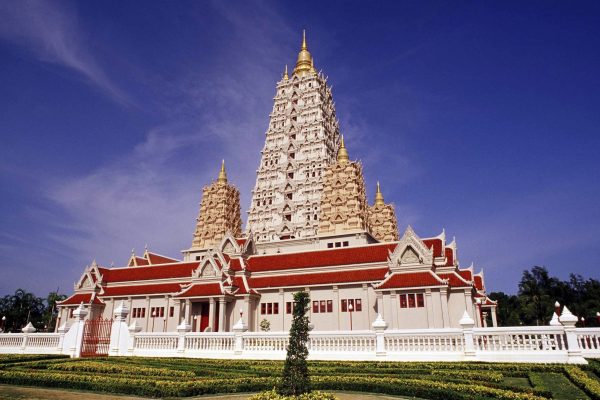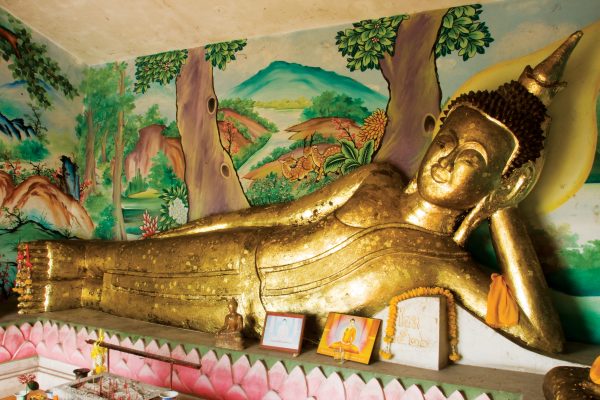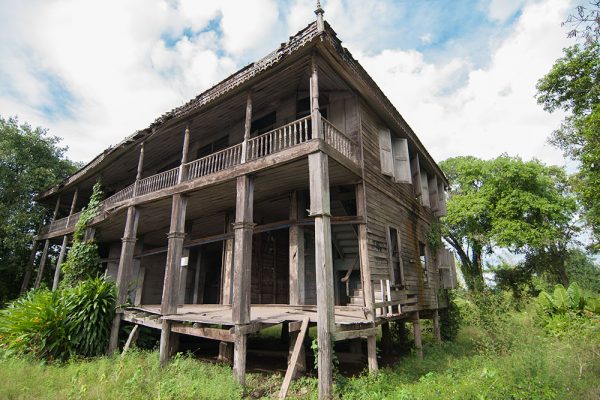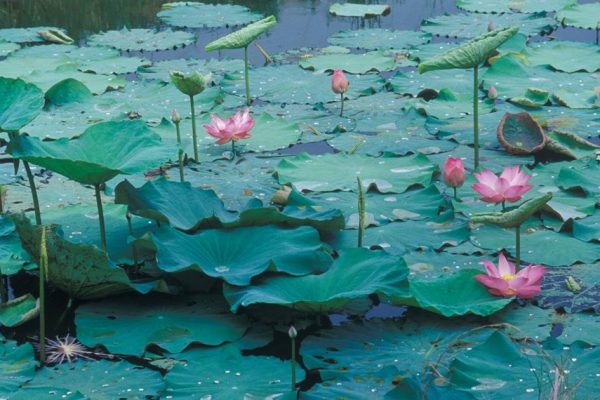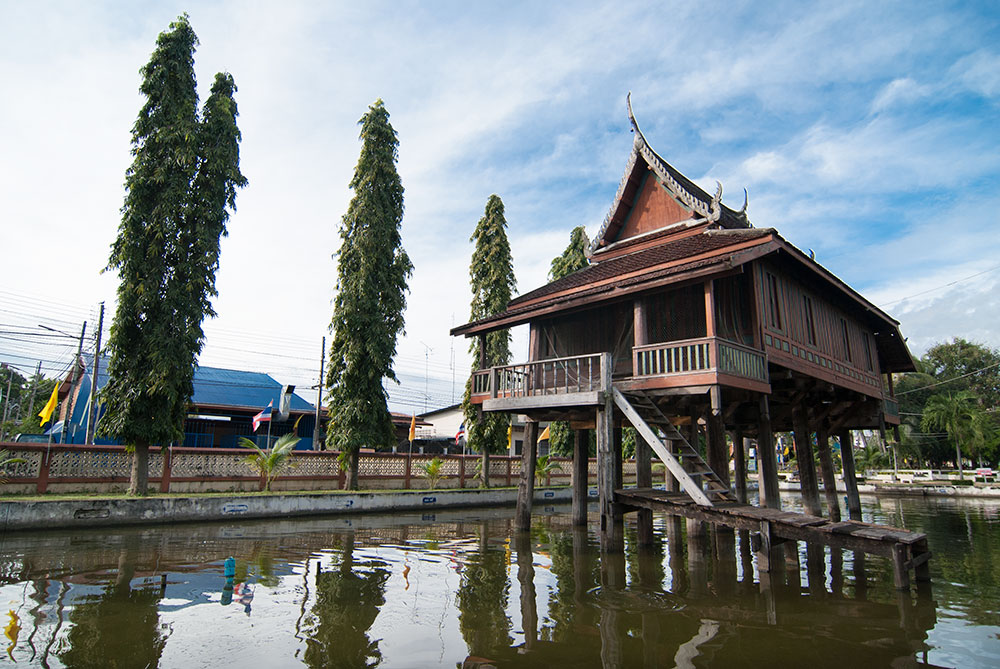
Hor Trai Wat Khu Yang
Hor Trai Wat Khu Yang Wat Khu Yang is a common temple (as opposed to a royal temple) located at 27 Soi 3 Ratchadamnoen Road, Nai Mueang, Mueang Kamphaeng Phet, Kamphaeng Phet. The temple’s current abbot is Phra Thep Pariyat, current provincial abbot of Kamphaeng Phet. Originally, it was an ancient temple. Found in the northern part of it were the ruins of the main hall’s base and the pedestal of the temple’s principal Buddha image, both of which were made of laterite bricks and faced east. The temple’s name, founder and construction date remain unknown; however, it is assumed that it was constructed over 400 years ago. In the reign of King Mongkut, between 1851 and 1856, a new temple was built on the old temple site which encompasses about 11 acres of land. Ho Trai Wat Khu Yang is a traditional Kamphaeng Phet style wooden building. Its roofs are covered with Thai style fish scale tiles. Under the building is a high open space with a width of six metres and a length of 12 metres. The structure is set in the middle of an old canal. Within it is a large hall with six round columns. It has a gable roof and its gables are decorated with stucco chofahs and hanghongs. There are roof eaves overhanging all four sides of the building. The walls are decorated with the Fa Pakon pattern. Both longer walls have four windows while each of the walls below the gables has a door and two windows. Verandas are found attached to the front and the back sides of the building. As the two verandas are lower than the hall, three-step stairs are used to connect them. Besides, there is a seven-step staircase linking the front veranda with a bridge that connects the ho trai to the bank. A ho trai is one of the main structures in a temple. It is normally built in a temple’s Khet Buddhavas, an area in a temple where main structures are located and ceremonies are held. It is where the Tripitaka is stored. In ancient times it was usually built in the middle of a pond or a canal in order to protect the Tripitaka from insects. When one wishes to enter the building, one has to use a temporary bridge and a staircase which could be taken away after use. As for Wat Khu Yang’s ho trai, it possesses valuable and important antiques. Apart from being a historic site rich in local arts and cultural heritage, Ho Trai Wat Khu Yang is now a centre for propagating Buddhism, an institute of Dhamma studies for monks, novices and believers, a Pali examination venue and the administrative centre of Buddhist monks in Kamphaeng Phet.

